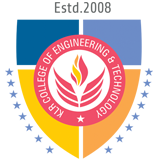LABORATORIES
ELECTRICAL MACHINE LABORATORY :
The department has spacious laboratories such as DC Machines lab, AC Machines Lab, Electric Circuits and Devices Lab, Measurement and Instrumentation Lab, Control System Lab, Power Electronics Lab, Microprocessor & Micro controller Lab and Computer & Simulation Lab. All the laboratories are fully equipped with latest, modern and sophisticated equipments.
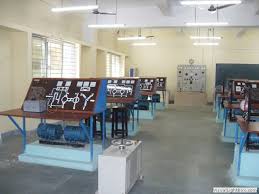 |  |
ELECTRICAL CIRCUITS LABORATORY :
An electronic circuit is composed of individual electronic components, such as resistors, transistors, capacitors, inductors and diodes, connected by conductive wires or traces through which electriccurrent can flow. To be referred to as electronic, rather than electrical, generally at least one active component must be present. The combination of components and wires allows various simple and complex operations to be performed: signals can be amplified, computations can be performed, and data can be moved from one place to another
 | 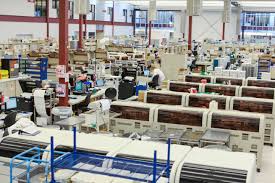 |
ELECTRONICS LAB PRACTICE:
In Electronics lab theoretical concepts of basic electronics presented in a laboratory environment and through practical hands-on experiments. Basic fundamentals of engineering practices covering International System of Units, engineering notation and prefixes definitions of current, voltage, resistance, power, work and efficiency, Ohm’s and Kirchhoff’s Laws, series and parallel circuit principles, and series-parallel DC resistive networks are examined.
 | 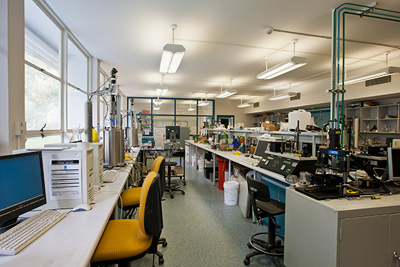 |
POWER ELECTRONICS LAB:
Power electronics started with the development of the mercury arc rectifier. Invented by Peter Cooper Hewitt in 1902, it was used to convert alternating current (AC) into direct current (DC). From the 1920s on, research continued on applying thyratrons and grid-controlled mercury arc valves to power transmission. Uno Lamm developed a mercury valve with grading electrodes making them suitable for highvoltage direct current power transmission. In 1933 selenium rectifiers were invented.
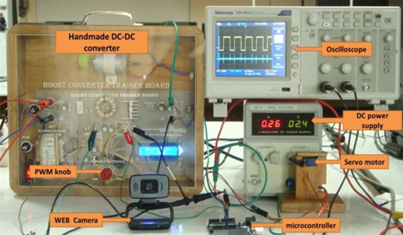 | 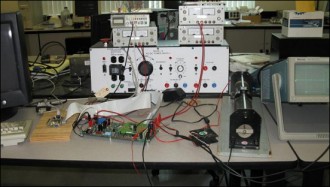 |
List Major Equipment:
The equipment list for Electrical and Electronic Engineering (EEE) can vary based on specific courses, projects, and labs. However, here’s a general list of common equipment and tools used in EEE:
Multimeter:Measures voltage, current, and resistance in electrical circuits.
Function Generator:Produces various waveforms (sine, square, triangle) for testing electronic circuits.
Power Supply:Provides a stable and adjustable voltage source for circuits.
Digital Signal Processor (DSP):Used for processing digital signals in real-time.
Microcontrollers/Microprocessors:Commonly used for embedded system development.
Printed Circuit Board (PCB) Prototyping Tools:Including soldering iron, solder wire, PCBs, and etching materials.
Logic Analyzer:Captures and analyzes digital signals in complex digital systems.
Signal Generators:Produce specific signals for testing and troubleshooting.
Network Analyzer:Analyzes electrical networks’ response in the frequency domain.
RF (Radio Frequency) Equipment:Spectrum analyzers, RF signal generators for working with wireless communication.
Power Analyzer:Measures and analyzes electrical power characteristics.
Functionality Generators:Similar to function generators but may have additional features.
Power Electronics Equipment:Includes devices for studying and testing power electronic circuits.
Automation and Control Equipment:PLCs (Programmable Logic Controllers), sensors, actuators, etc.
Simulation Software:Tools like SPICE for simulating and analyzing electronic circuits.
CAD Software:Used for designing and simulating electronic components and systems.
Antennas and Wave Propagation Equipment:For studying electromagnetic wave behavior.
Digital and Analog Components:Resistors, capacitors, inductors, transistors, ICs, etc.
Breadboards and Jumper Wires:For prototyping and building circuits.
Remember, this is a general list, and specific courses or projects may require additional or specialized equipment. Always check with your institution or course requirements for the most accurate information
